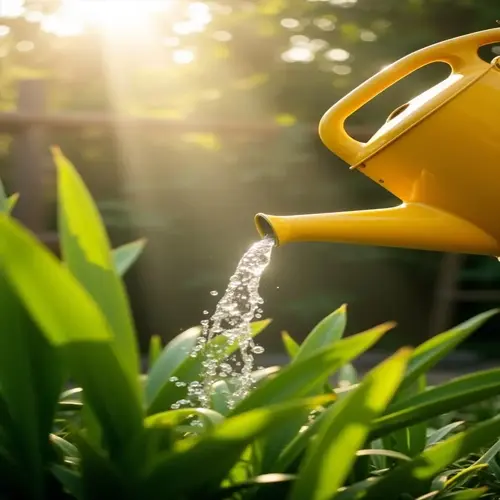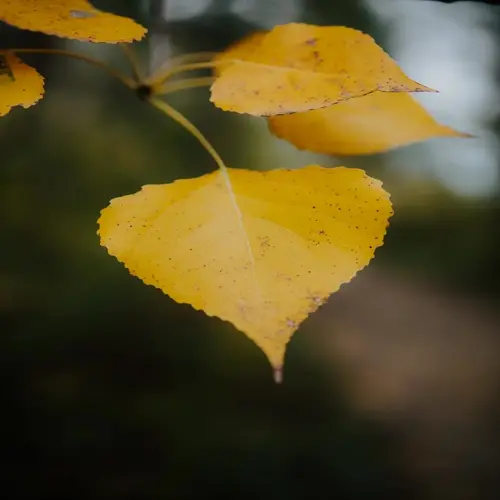How often should I water acid-loving plants?

Written by
Olivia Mitchell
Reviewed by
Prof. Samuel Fitzgerald, Ph.D.Adequate watering is crucial for maintaining the growth of acid-loving plants throughout all seasons, as their unique needs are determined by the type of soil they prefer. Conditions for optimum soil moisture levels vary. For example, blueberries require frequent watering when fruiting. At the same time, rhododendrons prefer regular and constant watering, as long as the plants are not sitting in saturated soil. Container plants dry out the quickest and require consistent observation. Understanding the differences will reduce plant stress and promote healthy growth.
Plant-Specific Needs
- Blueberries: Daily during fruiting season
- Rhododendrons: Deep watering twice weekly
- Hydrangeas: Only when topsoil dries completely
Soil Conditions
- Sandy soils drain faster requiring more frequent watering
- Clay soils retain moisture needing less frequent irrigation
- Container mixes dry quickest demanding daily checks
Seasonal Adjustments
- Increase watering during summer heat waves
- Reduce frequency during cooler fall months
- Winter watering only during dry spells in warmer zones
Look for hydration signals from your plants. Drooping leaves indicate the plant needs water immediately. Yellow leaves indicate overwatering or soil that drains poorly. Use your fingers to check the moisture level in your soil by inserting them about 2 inches into the soil. Water in the early morning to reduce evaporation. Use drip irrigation to provide consistent moisture to the root zone.
Container gardening requires extra care. Pots dry out much quicker than soil in the ground. Water thoroughly until water seeps out of the drainage holes. Elevate containers to avoid standing water. Cluster pots together to create humidity microclimates. Be sure to check them daily during heat waves to prevent stress.
Rainwater is best for acid-loving plants. The minerals in tap water gradually increase soil pH levels over time. Rainwater can be collected in barrels during wet seasons. Then use this for all watering during dry weather. This will help you maintain the proper acidity without the need for chemical adjustments.
Read the full article: 10 Acid Loving Plants for Your Garden

